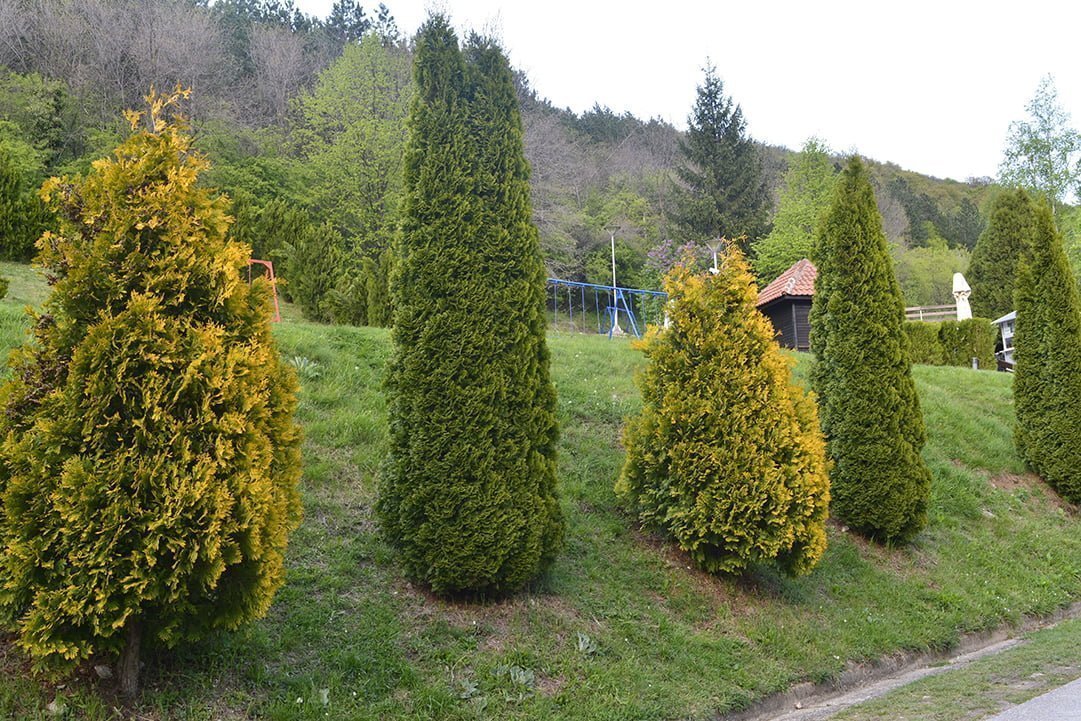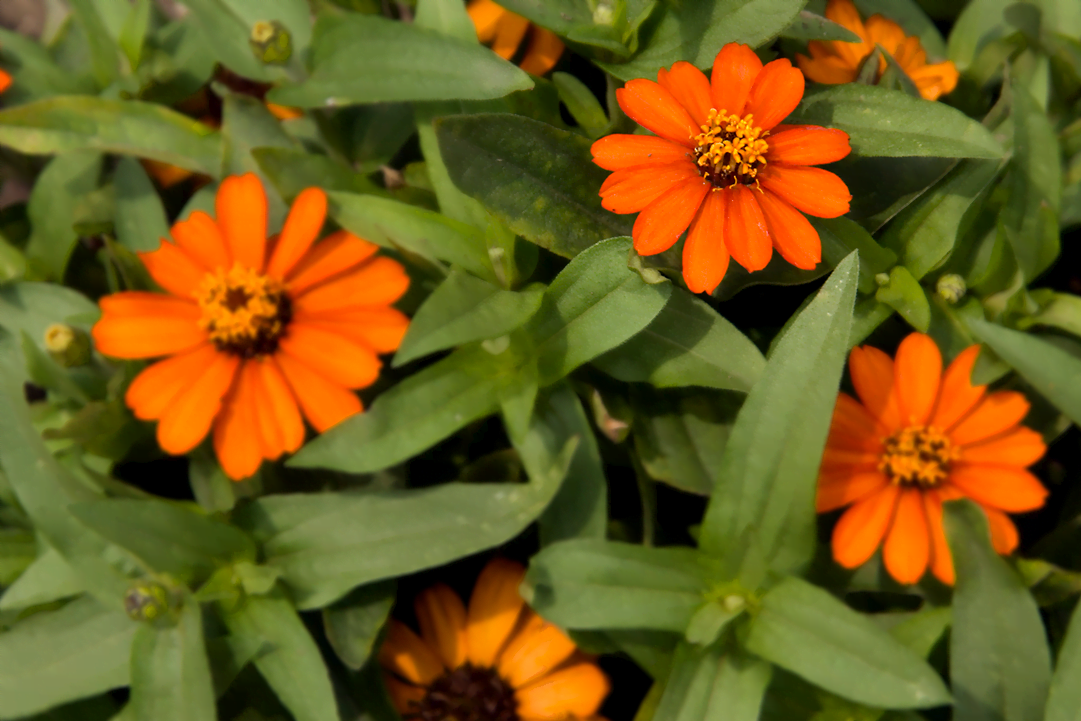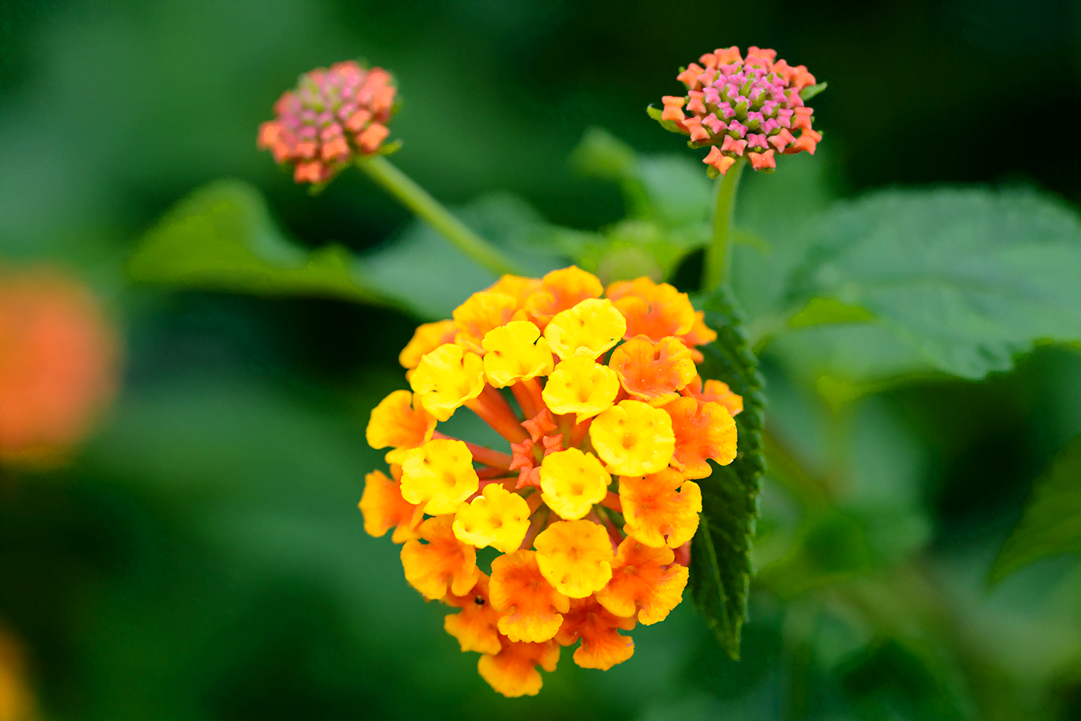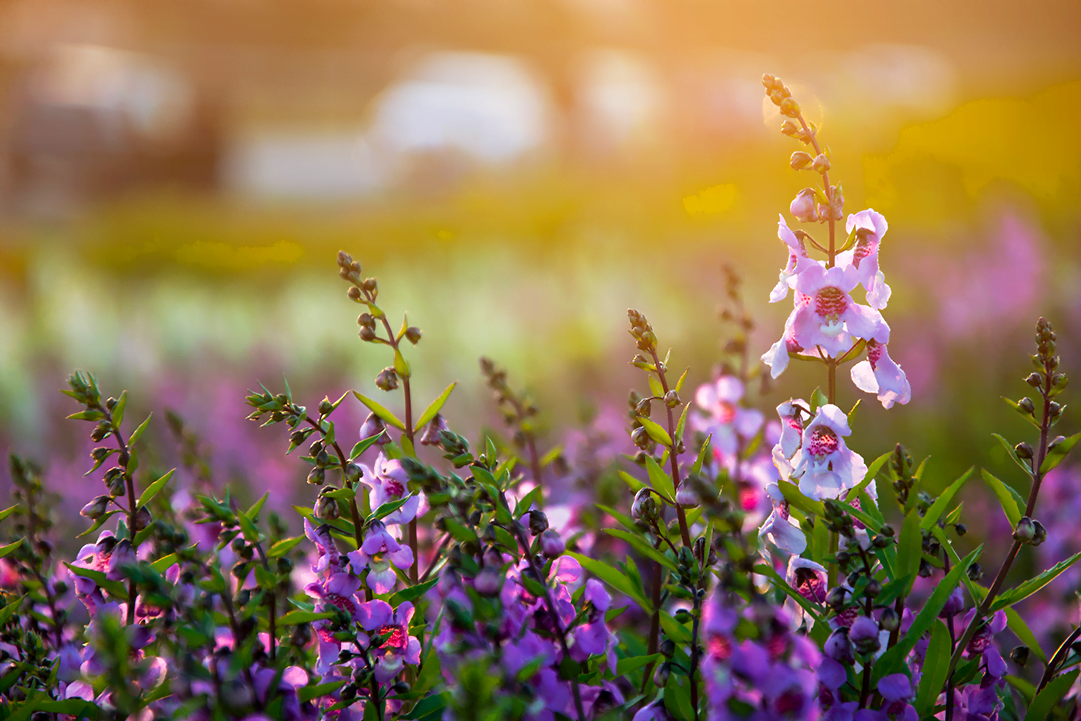Growing in a classic pyramid shape when young, Japanese cedars (Cryptomeria japonica) mature into tall, straight evergreens with tapered trunks and slightly drooping branches. Favored for their ornamental value, these graceful conifers are a distinctive blue-green color with soft needles that spiral toward branch tips like foxtails. In winter, the needles take on a bronze tint—and the tree’s mahogany bark peels off in long, fragrant strips. Japanese cedar requires little trimming, making it a wise all-season landscape addition.
Japanese cedars prosper in well-drained acidic soils and full sunlight or light shade. They require moderate watering, so plan to irrigate these trees during especially dry periods. In the U.S., Japanese cedars reach heights of 50-80 feet and are an excellent choice for property borders, natural windscreens and attractive groupings. For small landscapes, the dwarf cultivar, Globosa Nana, might be a better choice. This small evergreen has compact foliage and a mature height of only 4 feet.
Did You Know?
The Japanese cedar is considered the national tree of Japan. It is highly revered and often grows majestically along roadways and near temples and shrines.
Fun Facts About Japanese Cedar Trees
- Japanese cedars are called ‘Sugi’ in their native Japan.
- The oldest and largest living Sugi can be found in the UNESCO World Heritage Site at Yakushima.
- Japanese cedars can live for more than 600 years.
- Cryptomeria japonica is not really a cedar tree. It is a member of the cypress family.
- In Japan and China, these trees are raised as timber and harvested for use in construction and furniture-making.




